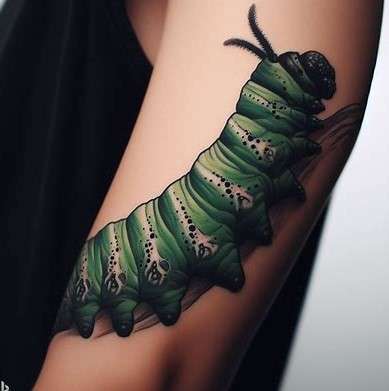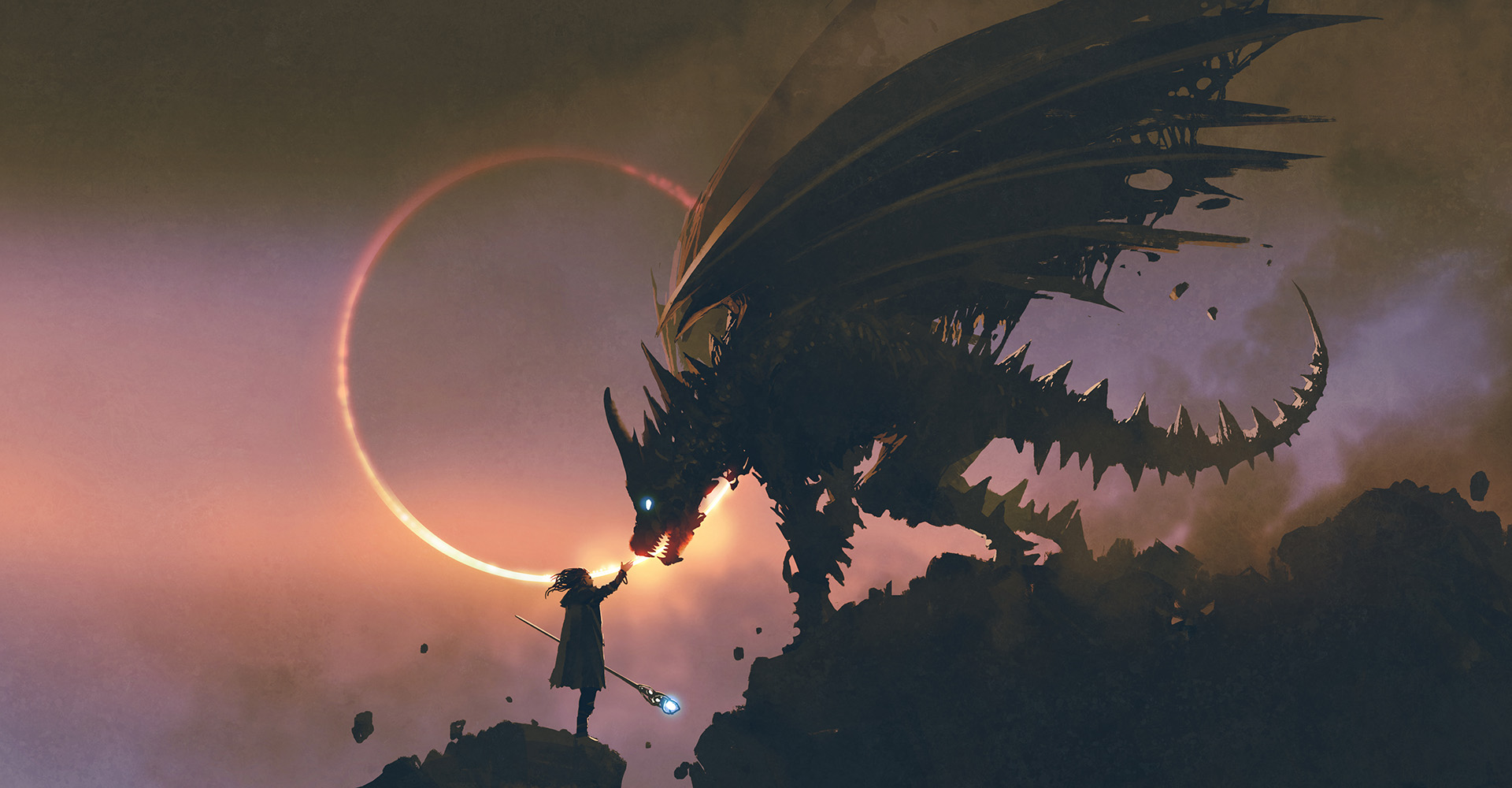The Symbolism and History of Warrior Forearm Tattoos: Exploring Ancient Heritage and Modern Adaptations
Warrior forearm tattoos are popular due to their visibility and versatility. They can complement various styles and have gained traction among celebrities and influencers. Popular designs include traditional tattoos such as anchors, roses, daggers, and skulls, as well as geometric tattoos like sacred geometry, mandalas, and dotwork. Nature-inspired tattoos featuring flowers, animals, trees, and landscapes are also common, along with script tattoos showcasing quotes, names, or meaningful words. Pop culture tattoos that depict characters, symbols, or references are another option.
Personalization is possible by incorporating symbols that hold personal significance, creating custom designs, or collaborating with tattoo artists. Forearm tattoos can be placed on the inner forearm for prominence and visibility or on the outer forearm for a more discreet look. Full forearm sleeves are also an option, allowing for seamless integration of multiple tattoos.
Forearm tattoos come in various sizes and orientations, including vertical, horizontal, or wrap-around styles. While they are popular for their visibility, it’s important to note that certain professions or workplaces may have restrictions regarding visible tattoos.
Pain experienced during the tattooing process can vary depending on an individual’s pain tolerance and the location of the tattoo. The inner forearm tends to be more painful due to thinner skin and a higher concentration of nerve endings. Proper aftercare is vital for healing, including keeping the tattoo clean and moisturized.


